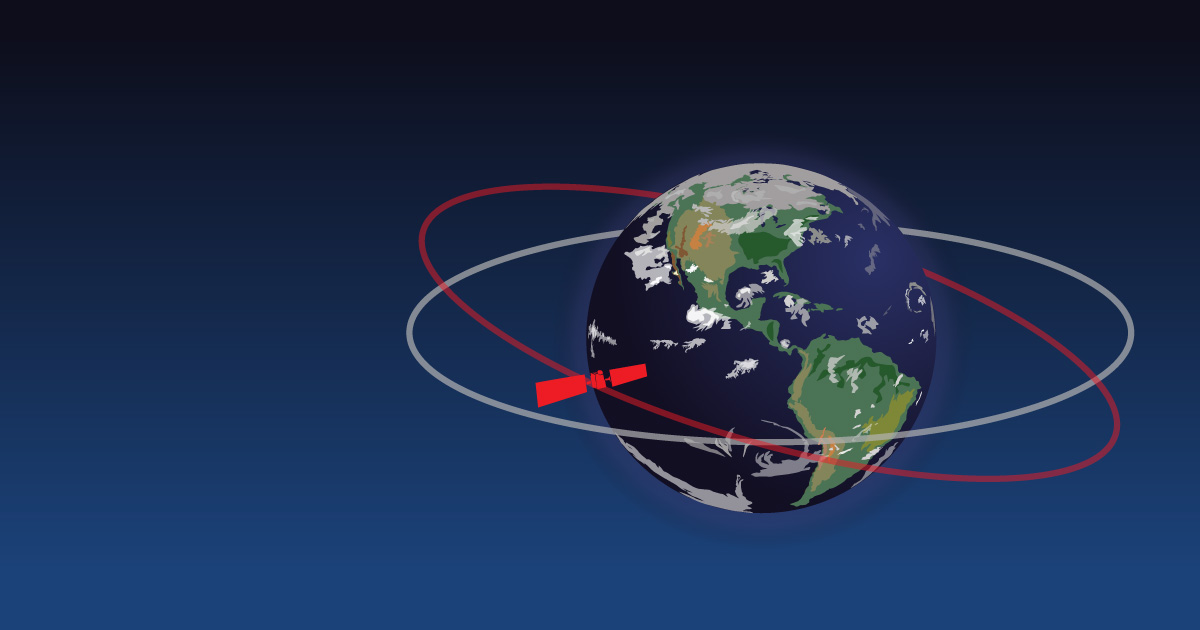What is the difference between 18 SDS* and CARA?
The 18th SDS (Space Defense Squadron) is a tactical squadron under United States Space Command (USSPACECOM), located at Vandenberg Space Force Base (VSFB), CA. Their primary mission is to provide and advance a continuous, comprehensive, and combat-relevant understanding of the space situation. This includes executing command and control of the U.S. Space Surveillance Network (SSN), a global collection of both ground and space-based sensors that tracks man-made resident space objects (RSOs), enabling them to maintain the high-accuracy space catalog (Source sited).
18 SDS operators support the Conjunction Assessment mission by screening the predicted trajectory of spacecraft (computed non-cooperatively using SSN tracking to obtain an orbit determination solution, and/or predictions provided by the Owner/Operator (O/O) that include planned maneuvers) against the trajectories of all other objects in the catalog, to determine when close approaches occur. These predictions are provided to O/Os in the form of Conjunction Data Messages (CDMs). These CDMs are then analyzed by the O/Os to determine the risk posed by the close approach.
The CARA team performs this risk analysis of close approach prediction data on behalf of the O/Os we support. CARA also assists O/Os with maneuver planning to mitigate high interest events identified in the screenings.
What is the Probability of Collision?
The Probability of Collision (Pc) represents the likelihood that the miss distance between two objects may become less than some protected radius during the encounter time interval. CARA uses the Hard Body Radius (HBR), which is the sum of the hard body radii (sizes, essentially) of both the primary and secondary object. Pc employs miss distance, event covariance, and hard body radius in its calculation.
What is an AnalystSat?
An Analyst, or sometimes AnalystSat, is simply an object for which the 18 SDS has tracking observations and an elset but cannot determine from which launch it originated. Because the ownership of the object cannot be attributed, the object is not officially cataloged. These objects are given a SatID in the 80,000 object number range. These objects are screened in the CARA process, but no TLEs are available for them in the public catalog on SpaceTrack.org.
What is Space-Track.org?
Space-Track is a website (https://www.space-track.org/) hosted and maintained by the 18th Space Defense Squadron. The site’s primary purpose is to disseminate space situational awareness (SSA) data to approved users. Examples of SSA data available on Space-Track are Two-Line Elements (TLEs) of publicly-cataloged objects and satellite reentry predictions. Access to Space-Track.org requires an account with login credentials. Entities desiring to request support and/or data from 18 SDS can find a template Orbital Data Request form on Space-Track.org. For NASA, these ODRs are collected and submitted via CARA who ensures that data requests are correct, complete, and understood by both parties. ODR submissions should be sent to odr-liaison@lists.nasa.gov.


























